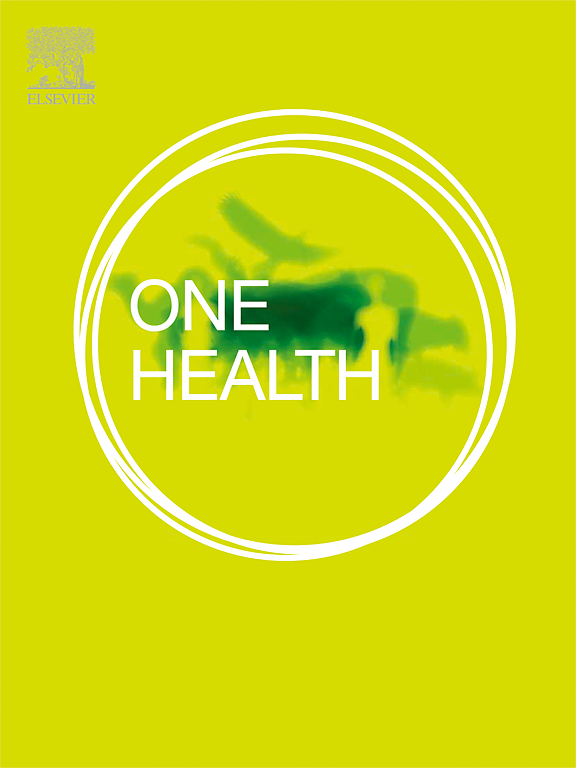Fish are poor sentinels for surveillance of riverine antimicrobial resistance
IF 4.1
2区 医学
Q1 INFECTIOUS DISEASES
引用次数: 0
Abstract
Effective surveillance of antimicrobial resistance (AMR) in the environment is crucial for assessing the human and animal health risk of AMR pollution. Wastewater treatment plants (WWTPs) are one of the main sources of AMR pollutants discharged into water bodies. One important factor for assessing the risks associated with such pollution is the colonization potential of the resistant bacteria (ARB) and resistance genes (ARGs) from the environment into human or animal microbiomes upon exposure. This study explores whether fish can act as sentinels for surveillance of AMR pollution in general and specifically the human colonization potential of ARB in rivers impacted by WWTP effluents. Two riverine fish species, Brown trout, and European bullhead, were sampled up- and downstream a German WWTP. The two fish species were chosen due to their different lifestyles: Trout are mainly actively swimming in the water phase, while bullheads are sedentary and river sediment-associated. The bacterial microbiomes and resistomes of fish gills, skin, and feces were compared with those of the respective river water and sediment up- and downstream of the WWTP. Microbiomes of both fish mirrored the changes in river water and sediment downstream of the WWTP, with significant shifts in bacterial community composition, particularly an increase in Proteobacteria and Verrucomicrobia. However, increases in ARG abundances observed in water and sediment downstream of the WWTP were not reflected in any of the fish-associated resistomes. This indicates that while the fish microbiome is sensitive to environmental changes, resistomes of poikilothermic animals such as fish are less responsive to colonization by ARB originating from WWTPs and may not serve as effective sentinels for assessing AMR pollution and colonization risks in freshwater environments. This study highlights the complexity of using wildlife as indicators for environmental AMR pollution and suggests that other species are better suited for surveillance efforts.

求助全文
约1分钟内获得全文
求助全文
来源期刊

One Health
Medicine-Infectious Diseases
CiteScore
8.10
自引率
4.00%
发文量
95
审稿时长
18 weeks
期刊介绍:
One Health - a Gold Open Access journal.
The mission of One Health is to provide a platform for rapid communication of high quality scientific knowledge on inter- and intra-species pathogen transmission, bringing together leading experts in virology, bacteriology, parasitology, mycology, vectors and vector-borne diseases, tropical health, veterinary sciences, pathology, immunology, food safety, mathematical modelling, epidemiology, public health research and emergency preparedness. As a Gold Open Access journal, a fee is payable on acceptance of the paper. Please see the Guide for Authors for more information.
Submissions to the following categories are welcome:
Virology,
Bacteriology,
Parasitology,
Mycology,
Vectors and vector-borne diseases,
Co-infections and co-morbidities,
Disease spatial surveillance,
Modelling,
Tropical Health,
Discovery,
Ecosystem Health,
Public Health.
 求助内容:
求助内容: 应助结果提醒方式:
应助结果提醒方式:


